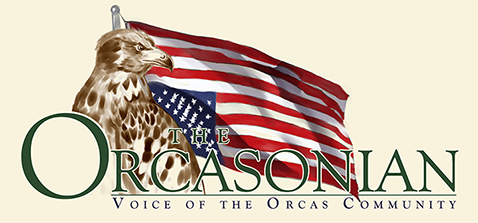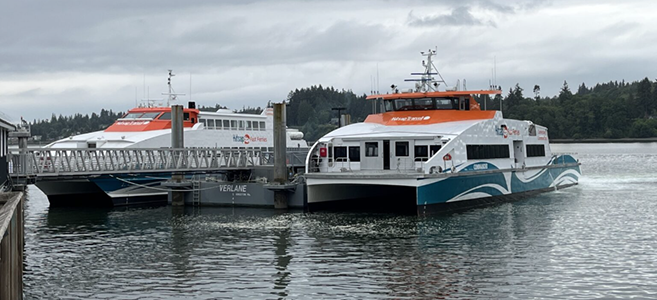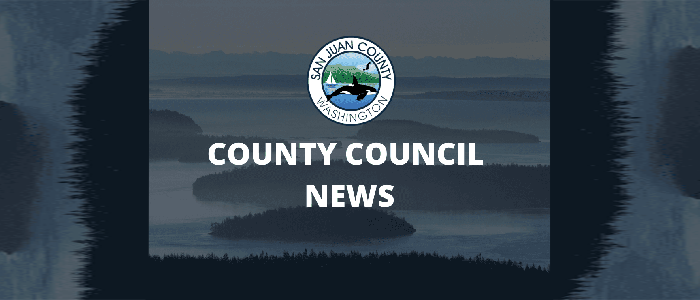The possibility of a modern-day Mosquito Fleet is under discussion in the Washington Legislature, but it’s unclear if there’ll be the cash to launch.
||| FROM WASHINGTON STANDARD |||
People who live on Puget Sound islands painted an enticing vision for the Washington Legislature this week of a modern-day Mosquito Fleet of fast ferries. But legislation to authorize and pay for this new passenger-only service is in choppy waters and its success could come at the cost of other highway or transit projects.
The idea hearkens back to a century ago when an armada of privately operated steamers offered the easiest way to travel among Puget Sound settlements. Washington State Ferries emerged from that legacy, but islanders and commuters say they urgently need an alternative to the agency’s iconic green-and-white car ferries, which have become unreliable.
“Investing in passenger-only ferries can put boats back on the water faster and cheaper, taking lessons from our maritime history and heritage to build a more connected, healthier and prosperous future for all of us,” said state Rep. Greg Nance, D-Bainbridge Island, while presenting a proposal to fellow lawmakers Wednesday.
Nance dubbed his proposal the Mosquito Fleet Act. It would seed a $50 million competitive grant program to launch new walk-on ferry routes separate from Washington State Ferries, so as not to distract the state Transportation Department from its WSF rebuilding project. Any local government body — think counties, transit agencies, port districts or tribes — could apply for money to build a dock, buy a used ferry (to get started faster), operate the service, or just assess feasibility.
A parade of ferry users and local officials from Friday Harbor to Olympia followed Nance in front of the state House Transportation Committee on Wednesday to make the case for climate-friendly foot ferries. They said more routes and service — beyond existing passenger-only lines into Seattle by Kitsap Fast Ferries and the King County Water Taxi — would get people out of cars, reduce ferry lines and provide a lifeline to islanders.
“For too long, we have relied on Washington State Ferries to be our singular solution to marine highway infrastructure,” testified San Juan County Councilmember Justin Paulsen. “State-supported passenger-only ferries offer small communities like ours a chance to bring reliability back to our local transportation systems.”
Sympathetic to the need, but cost-conscious
Money questions loom large for Nance’s proposal. State lawmakers are facing up to a roughly $1 billion shortfall between anticipated revenue and pre-planned spending in the next two-year transportation budget cycle. Akin to other forms of transit, rider fares only cover 25%-30% of Kitsap Transit’s ferry costs. A spokesperson for King County Metro said its water taxi has had a lower farebox recovery rate than that lately.
“The reality is that funding new ferry service — especially routes that require ongoing subsidies — is a tough sell in the current budget environment,” said state House Transportation Committee Chair Jake Fey, D-Tacoma, via email. “The state is already facing significant challenges maintaining and modernizing its existing ferry system, and every new commitment competes with pressing needs like road maintenance, transit investments, and infrastructure repairs.”
Senate Transportation Chair Marko Liias, D-Edmonds, echoed that view.
“The budget challenges we face this year constrain us from increasing the number of ferries in our waterways,” he said in an emailed statement. “While we badly need more ferries, we must first ensure we can repair and maintain our current fleet.”
At Wednesday’s hearing, House Transportation Committee Vice Chair Julia Reed, D-Seattle, repeatedly pressed county and port district representatives to answer whether they could sustain passenger-only ferry service with local tax dollars if the Legislature assisted with the launch. The local officials avoided making commitments.
Prime sponsor Nance said in an interview that the same message about the budget headwinds was delivered to him privately by leadership during the bill drafting.
“The big direction was, ‘Hey man, bad timing,’” Nance said.
But Nance insisted on proceeding because he said ferry-dependent communities can’t wait until 2028 when the first new car ferries ordered by Washington State Ferries could arrive. He said he was willing to sacrifice a multi-million dollar roundabout project in his district to begin filling the bucket for walk-on ferry block grants.
**If you are reading theOrcasonian for free, thank your fellow islanders. If you would like to support theOrcasonian CLICK HERE to set your modestly-priced, voluntary subscription. Otherwise, no worries; we’re happy to share with you.**








